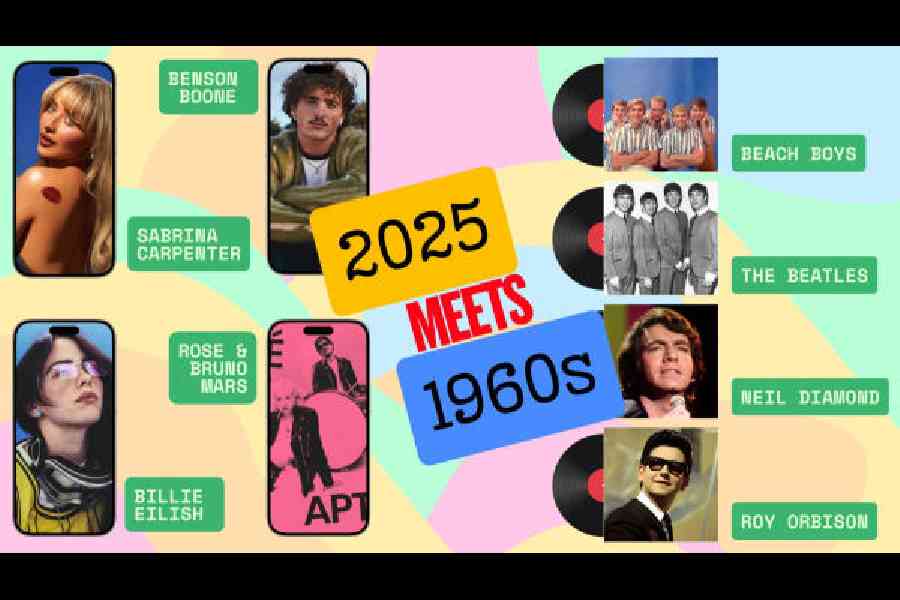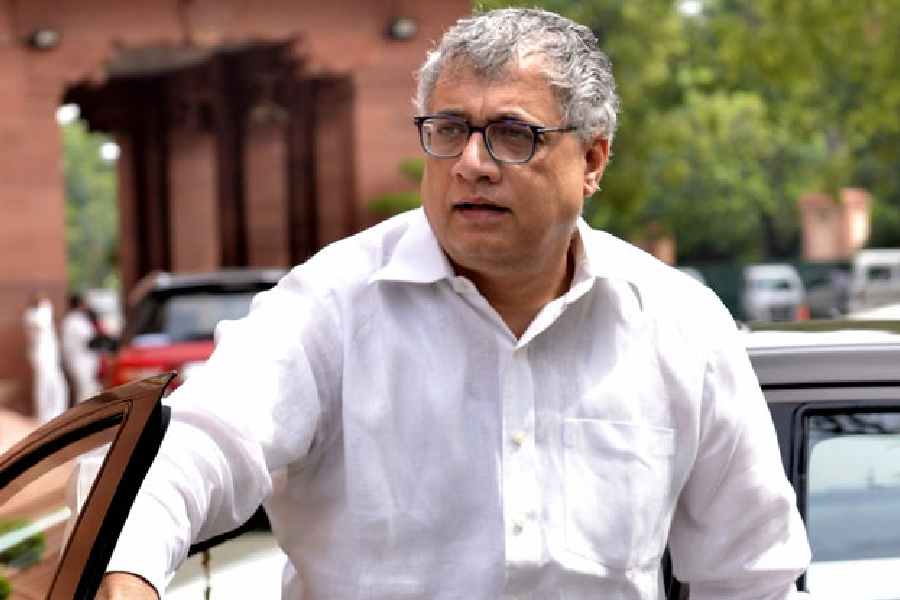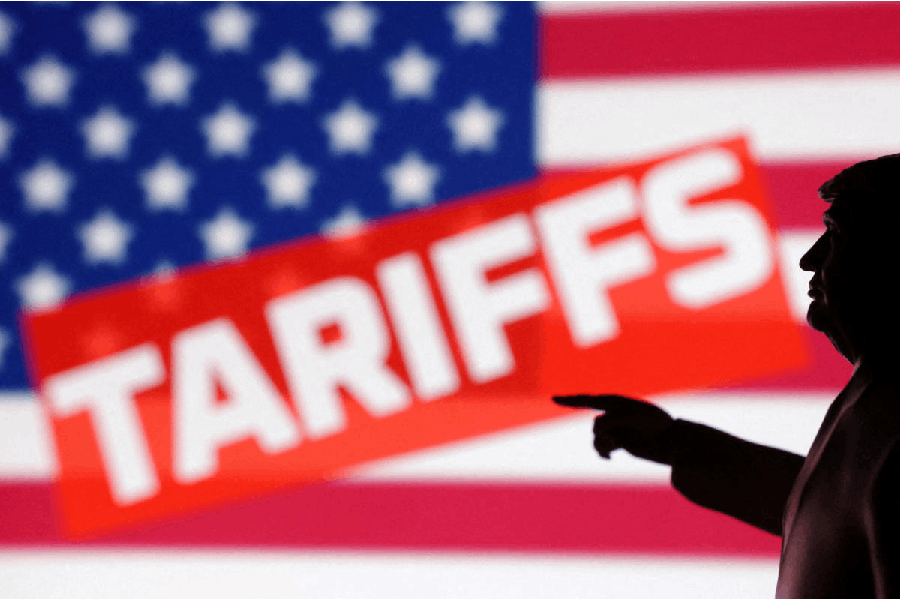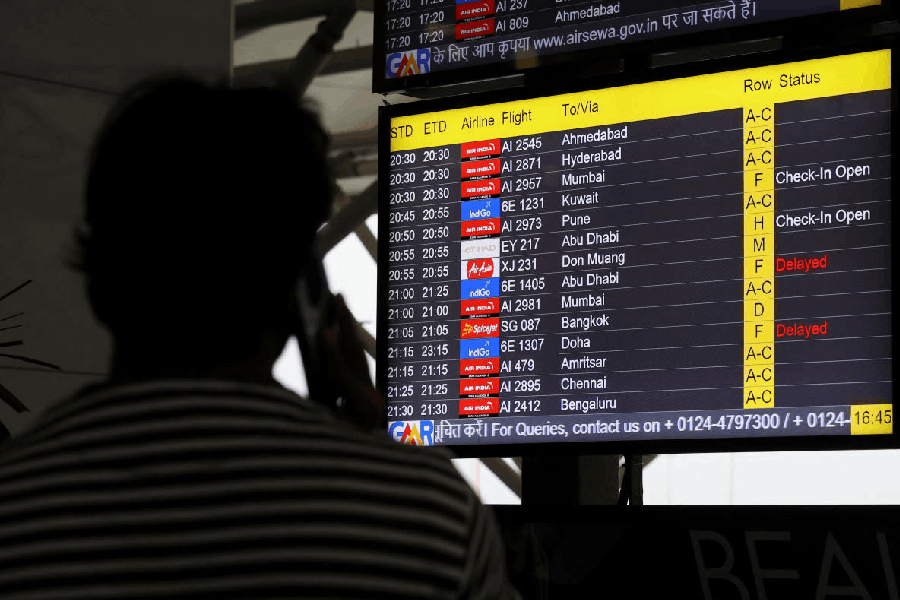Consider some of the hits playing now and their length. APT by Rose and Bruno Mars hits the 2.50-minute mark, Billie Eilish’s Birds of a Feather comes in at 3.30, Benson Boone’s Beautiful Things stick to 3 minutes, and Sabrina Carpenter brews Espresso for 2.55 minutes.
Take a look at a few hits from the 1960s: Wouldn’t It Be Nice (Beach Boys) plays out in 2.35 minutes, Roy Orbison’s Oh, Pretty Woman at 2.59, the Beatles take 3.06 minutes to complete Here Comes The Sun and Neil Diamond takes 3.22 minutes to sing Sweet Caroline.
All of them are hit songs divided by decades, yet connected by a larger trend — the average length of popular songs is shrinking. In the middle decades, song length picked up steam, but sometime in the 1990s, it became short and sweet once again.
A 2018 study by San Francisco-based engineer Michael Tauberg said it best: Songs on the Billboard Hot 100 offloaded around 40 seconds since 2000, falling from roughly 4.10 minutes to roughly 3.30. “Using Spotify data to determine the length of a song and then weighing that data by how many weeks it spends on the Hot 100, we can see that the average duration of a track has been steadily decreasing each year,” he wrote.
Where would Pink Floyd’s 6.22-minute Comfortably Numb have squeezed in? Is it feasible to record The Alan Parsons Project’s six-minute I Robot in 2025? The Beatles’s I Want You (She’s So Heavy) at 7.47 minutes may not have found a lot of streams in 2025. The 6.12-minute Like A Rolling Stone by Bob Dylan may have been a ramble had it been recorded today.
What’s happening?
Song length has always ebbed and flowed with technological and cultural changes. Both elements have influenced the craft of songwriting.
In the 1950s, for instance, songs used to be around two-three minutes long because 45rpm vinyl was the choice of medium. Elvis Presley’s Heartbreak Hotel (2.08 minutes) was on one side and the B-side had I Was The One (2.31 minutes). It worked well for radio programming where RJs would introduce a song, play it out and move into an advertisement.
Having short songs is not a new phenomenon. When the Beatles were beginning their career, they gave gems one could easily hum — Love Me Do (2.22 minutes), Please Please Me (2 minutes), PS I Love You (2.04 minutes) and Baby It’s You (2.36 minutes). Then they started experimenting and the LP or long play allowed more space — A Day in the Life (5.37 minutes), Hey Jude (7.11 minutes) and Revolution 9 (8.22 minutes).
A 45-rpm single could hold around five minutes of music while radio edits shortened songs to around 3.5 minutes to accommodate ads and news segments. Songwriters wanted their songs to be fully heard, so they came up with short tracks.
As musicians became famous, there was enough room for na-na-na in Hey Jude and Bob Dylan could freewheel with Like A Rolling Stone. Fans didn’t mind the extra length. Bands like Pink Floyd could focus on the true meaning of the album and record material that was high on storytelling.
The 1980s brought about a shift, first with tapes and then came CDs. It allowed artistes and songwriters more scope. The average song length peaked at 4 minutes 21 seconds in 1992. Longer songs meant some artistes didn’t make their songs as tight as in the 1970s. To end a song, they simply turned down the fader, goes the joke.
“There’s charm to a short song because the person hits repeat — play it again, play it again,” writer-producer Mitch Allan told Billboard a few years ago.
Zombie scrolling
Streaming services changed the craft of music. People who grew up in the 1980s may feel music has become incidental. Musicians now dread skip rates, which are integral to one’s success on streaming services. Tracks with lower skip rates are given more scope by music platforms, and chances are, short songs usually won’t get skipped. As long as Sabrina Carpenter keeps singing “say you can’t sleep, baby, I know/ That’s that me espresso”, most listeners are happy. It’s the era of song snippets.
Also, streaming services are offering music cheap — millions of songs for a few bucks every month. Nobody has to wait months to save moolah to buy the latest Bruce Springsteen or Queen album.
Many young musicians are programmed differently. Boredom creates a drive to come up with something creative. “I don’t know where I am going, but I promise it won’t be boring,” David Bowie said at a Madison Square Gardens concert in 1997. He didn’t have to worry. But for most, boredom is a muse.
“Boredom is a productive state so long as you don’t let it go sour on you,” Booker Prize-winning novelist Anne Enright said in The Guardian, adding: “I wait for boredom to kick in because boredom, for me, is a very good sign.”
If there is no boredom, there is no drive to do something new. There are always emotions to express something, but you don’t have to deal with them if you can quickly pick up a phone and be completely absorbed or distracted.
Now, songs often get made around an explosive moment, a viral moment. For many, a snippet becomes “the” song, according to Bart Schoudel, a longtime engineer and vocal producer (Pop Smoke, Selena Gomez).
All of us can easily get addicted to short-form content and the same goes for snippets of songs. The pay-per-play model of streaming services is encouraging artistes to create short songs that may translate into more replays. Keep it simple: Short intro, catchy chorus… keep the rest out. No wonder Lil Yachty’s 83-second hit Poland turned out to be a hit, inspiring the background track of enough Reels.
Research by Music Machinery shows that 25 per cent of listeners will reach for the skip button in the first five seconds. The task at hand for the songwriter is to draft memorable hooks and do away with an intro. Now, one hook follows another, and the cycle continues.
Last year, 28 of the 144 Grammy-nominated songs were under three minutes, according to The Washington Post. SZA’s Kill Bill was 2.33 minutes long while Nicki Minaj-Ice Spice’s Barbie World clocked in at 1.49. It’s all about monetising.
Short songs don’t have to be forgettable. Early phonographs could only hold about two to three minutes of music; 45rpm changed that. With LP cames longer songs, like Bohemian Rhapsody. The problem is the availability of too much entertainment around us. One moment, it’s the latest song from Arcade Fire, but then Instagram Reels is vying for attention.










